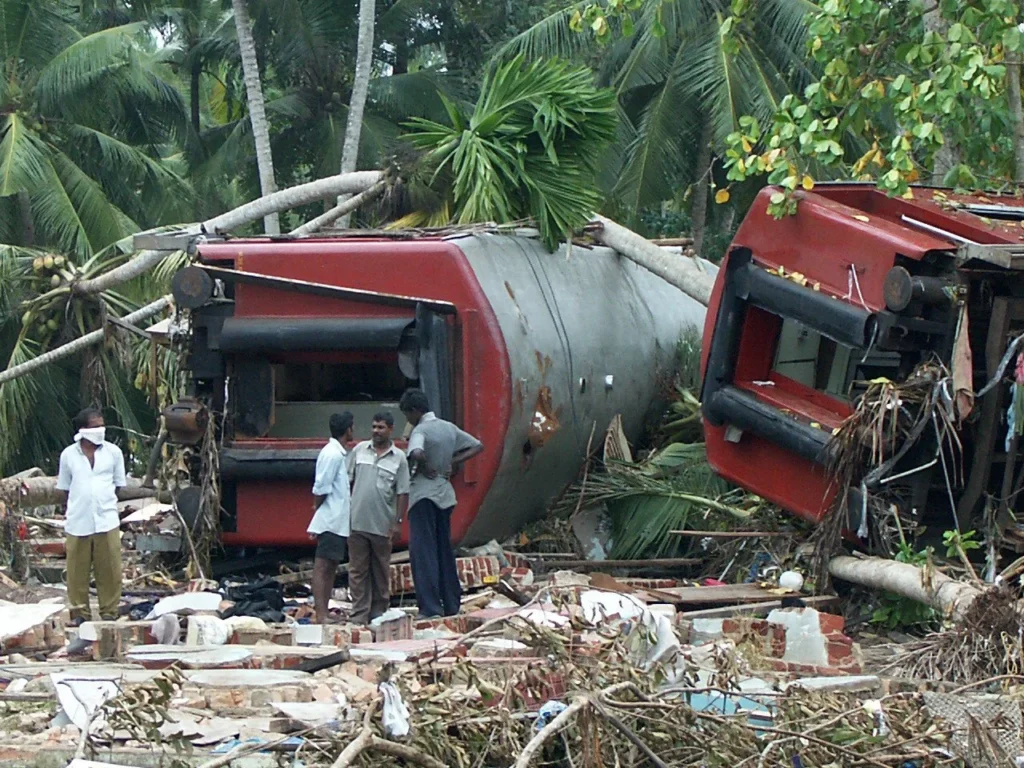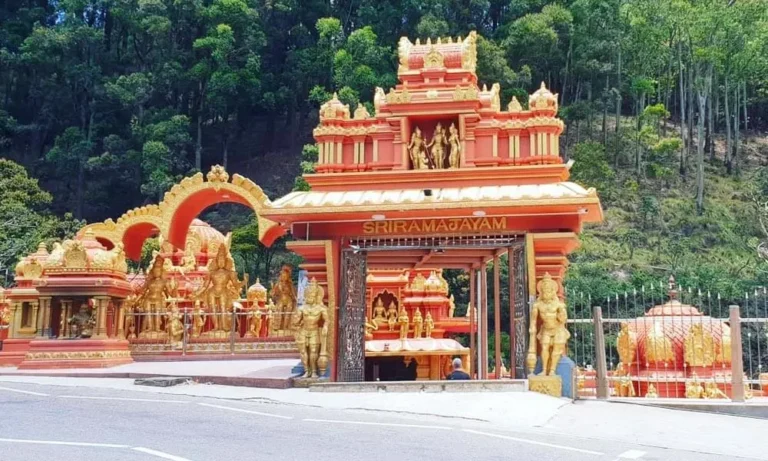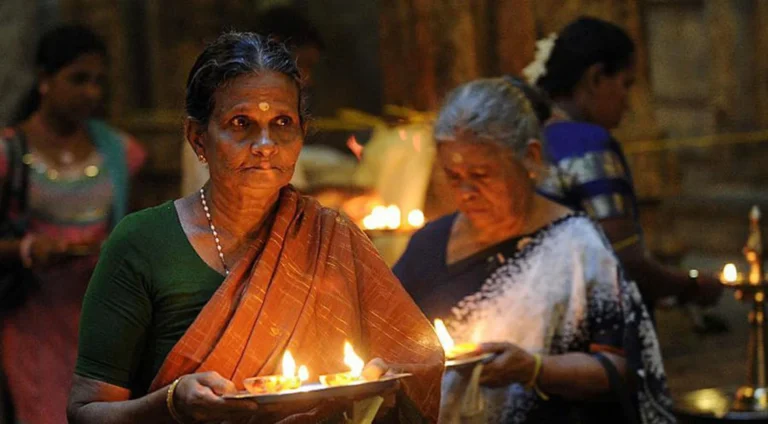The Tsunami Train Disaster in Sri Lanka, A Tragic Day in History
The Tsunami Train Disaster in Sri Lanka: A Tragic Day in History
The Tsunami Train Disaster, also known as the “Queen of the Sea disaster,” is one of the most tragic events in Sri Lanka’s history. On December 26, 2004, a devastating tsunami triggered by a massive undersea earthquake off the coast of Sumatra struck the southern and eastern coasts of Sri Lanka, causing unprecedented destruction and loss of life. Among the many tragic tales from that day, the fate of the Matara Express train stands out as a symbol of the disaster’s overwhelming impact.
The Matara Express: A Journey to Tragedy
The Matara Express, a popular train route running along the scenic southern coast of Sri Lanka, became a scene of unimaginable tragedy on that fateful day. Departing from Colombo Fort Railway Station, the train was en route to Matara with over 1,500 passengers on board. Many were families traveling for the holidays, unaware of the impending disaster.
Peraliya: The Site of the Disaster
The train had reached the coastal village of Peraliya in the Southern Province when the first wave of the tsunami struck. The force of the water derailed the train and pushed it off its tracks, flooding the carriages and trapping hundreds of passengers inside. The second and third waves compounded the devastation, resulting in the loss of nearly 1,500 lives, making it the deadliest rail disaster in world history.
Peraliya Tsunami Memorial
To honor the memory of those who perished in the disaster, a memorial was erected near the site where the train was derailed. The Peraliya Tsunami Memorial stands as a solemn reminder of the lives lost and the resilience of the survivors. Visitors to the memorial can pay their respects and reflect on the tragic events of that day.
Hikkaduwa Tsunami Museum
Located a few kilometers from Peraliya, the Hikkaduwa Tsunami Museum offers a comprehensive account of the 2004 tsunami and its impact on Sri Lanka. The museum features photographs, personal stories, and artifacts recovered from the disaster, providing visitors with a deeper understanding of the scale of the tragedy and the recovery efforts that followed.
The Aftermath and Recovery
The tsunami not only caused immense human suffering but also inflicted significant damage on Sri Lanka’s infrastructure and economy. Entire coastal communities were obliterated, and thousands of people were left homeless. The Sri Lankan government, along with international aid organizations, launched extensive relief and reconstruction efforts to rebuild the affected areas and support the survivors.
Railway Reconstruction
The railway line between Colombo and Matara, including the section at Peraliya, was severely damaged by the tsunami. Reconstruction efforts were undertaken to restore this vital transportation link, and the line was eventually reopened, symbolizing the resilience and determination of the Sri Lankan people.
Tsunami Early Warning System
In the aftermath of the 2004 tsunami, significant improvements were made to Sri Lanka’s disaster preparedness and early warning systems. The establishment of the Indian Ocean Tsunami Warning System and the strengthening of local disaster management capabilities have greatly enhanced the country’s ability to respond to similar events in the future.
Conclusion
The Tsunami Train Disaster remains a poignant chapter in Sri Lanka’s history, reminding us of the devastating power of nature and the resilience of the human spirit. As the country continues to rebuild and thrive, visiting the memorials and learning about the events of December 26, 2004, offers a deeper appreciation for the strength and determination of the Sri Lankan people. Whether you are a history enthusiast or a traveler seeking to understand the local culture, exploring the sites related to the tsunami train disaster provides a meaningful and reflective experience on your journey through Sri Lanka.







